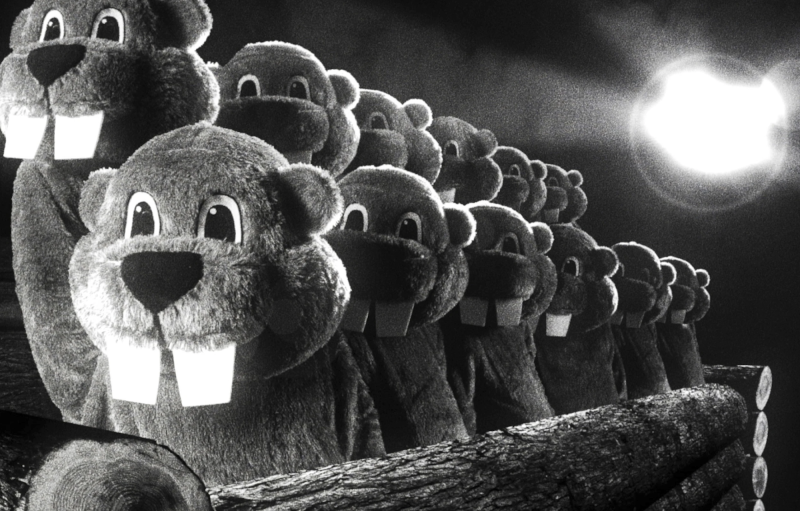“I hope people can stop shooting things to make them look like commercials and just get back to more of the nitty gritty and letting your imagination flow,” says Tews, who also co-wrote the movie with Cheslik. “I just hope we stop bowing down to Hollywood and thinking they’re the gold standard. Because they just aren’t.”
The year-to-date box office in North America is down 11% from last year and about 25% from before the pandemic. More movies are making a tiny impact in theaters; according to Franchise Entertainment Research, 41 wide releases in 2024 have grossed less than $3 million — nearly three times the amount in 2019.
The costs not just to make wide-release films but to market them has greatly shifted what even indie distributors are willing to back. Just to get eyeballs on Gladiator II, which carries a $250 million budget, Paramount Pictures took the extraordinary step of running a trailer of the film simultaneously on more than 4,000 platforms, including TV networks, radio stations and digital outlets. For even the biggest movies, it’s hard to get people’s attention.
In such an environment, where the expense of making and marketing a movie is potentially prohibitive for everything but the safest of bets, more filmmakers are questioning the economics. That’s especially because after last year’s strikes, movie production hasn’t rebounded. In a contracting movie industry, many remain out of work.
Brady Corbet, director of the highly touted The Brutalist, a 3 ½-hour epic shot in VistaVision, for less than $10 million, has preached that smaller budgets don’t have to mean less artistic ambition. Sean Baker, whose breakthrough film Tangerine was shot with iPhones, has argued movie budgets can come down without sacrificing what’s on the screen. His $6 million Anora is one of the year’s most acclaimed films.
“Right now, it’s panic in LA,” Baker said in an earlier interview. “I’m like: We don’t have to make films for that much. They don’t have to cost as much.”


